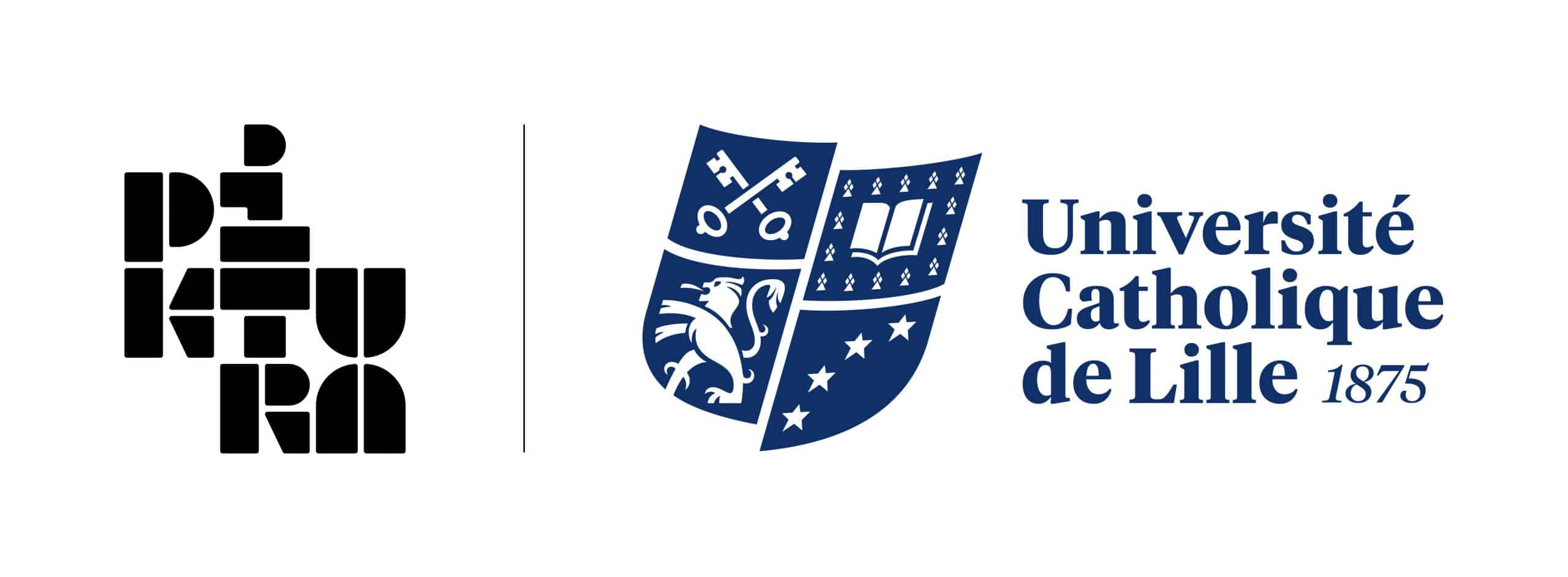
Illustration
Etablissement : PIKTURA Ecole de l’image
Langue : Français
Formation(s) dans laquelle/lesquelles le cours apparait :
Période : S3
– Bases en dessin
– Bases en techniques traditionnelles( techniques sèches et mouillées)
– Imagination, créativité, curiosité, humilité, ouverture d’esprit.
– Sensibilité et culture artistique.
Encourager les étudiants à développer des écritures graphiques, plastiques diversifiées et pertinentes. Déconstruire des visions stéréotypées et préconçues, pour laisser place à une démarche originale et artistiquement intéressante. L’expérimentation et l’approche avec différents styles sera fortement encouragée. Des références artistiques très diverses seront abordées avec les étudiants afin de contribuer à nourrir leur culture visuelle et à construire une pratique personnelle.
L’accent sera mis sur les techniques traditionnelles dans le but de montrer aux étudiants la richesse, la poésie ainsi que la singularité des rendus. En opposition à l’aspect parfois trop lisse et froid du digital. L’objectif étant que les étudiants puissent acquérir une bonne connaissance des techniques traditionnelles pour nourrir une pratique digitale intéressante.
Sommaire:
Chapitre 1: Expérimentation ( découverte des différentes techniques traditionnelles).
Chapitre 2: Stylisation ( recherche formelle)
Chapitre 3: Lumières et contrastes
Chapitre 4: Couleur
Intro:
– Présentation de l’intervenant
– présentation du cours et du programme
– Présentation du calendrier
– presentation du materiel
– présentation des modalités d’évaluation ( contrôle continu et partiel)
Chapitre 1: Expérimentation plastique
Séance 1: Autoportrait
Réaliser cinq autoportraits avec des techniques traditionnelles et des styles différents. ( crayon gris, technique mouillée, technique sèche, collage, dessiner avec des formes géométriques)
Séance 2: Nature morte
Réaliser cinq natures mortes avec des techniques traditionnelles et différents styles. ( Crayon gris, technique mouillée, technique sèche, collage, dessiner uniquement avec des formes géométriques).
Chapitre 2: Stylisation ( recherche formelle)
Séance 3:
Présentation d’un cours théorique sur les formes.
Exercice d’application sur les tâches. Partir de formes créées par le hasard pour créer des personnages aux formes non stéréotypées. Exercice qui encourage la créativité, l’imagination et à dépasser des formes stéréotypées et préconçues.
Séance 4:
Créer un personnage.
– dessiner une version réaliste
– dessiner une version stylisée
– dessiner une version avec uniquement des formes géométriques
Séance 5:
Réaliser une planche de dessin composée de différentes espèces de végétaux dans des styles différents. L’objectif est la recherche formelle.
Chapitre 3: Lumière et contraste
Séance 6: synthétiser les lumières.
1/Présentation d’un cours théorique sur la lumière.
2/Exercice d’application: d’après une séléction de photographies en noir et blanc, les étudiants devront les reproduire en essayant de synthétiser les lumières. L’objectif est de travailler les contrastes et de distinguer les différents plans dans leurs images. Format petites vignettes de 10 sur 4 cm.
Séance 7:
Reproduire une photographie en noir et blanc en essayant de synthétiser les lumieres. Format A3. Travail à réaliser au fusain ou au crayon gris tes gars ou encore au lavis.
Séance 8: Atelier découverte du monotype.
Experimentation autour de l’impression noir et blanc. Travail du contraste.
Chapitre 4: La couleur
Séance 9:
1/ Cours théorique sur la couleur:
2/ Réalisation de pochades en traditionnel
Séance 10:
Illustration à réaliser en une couleur. Format A3.
Evaluation: Controle continu: 2 notes sur 20


